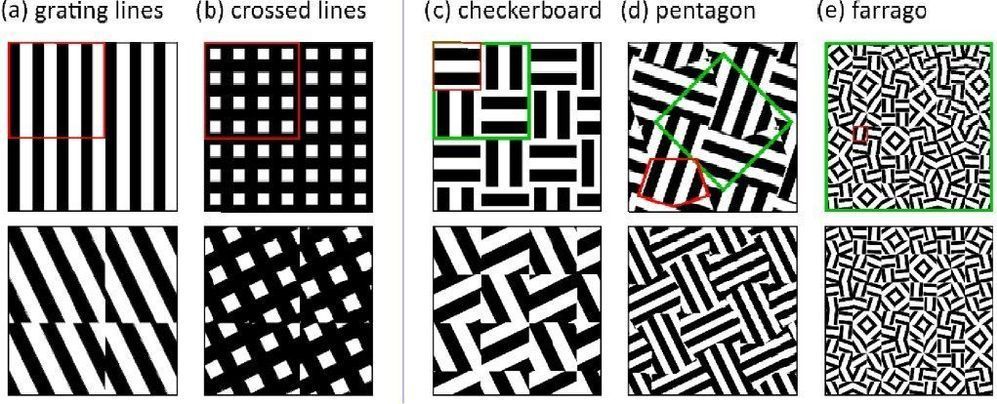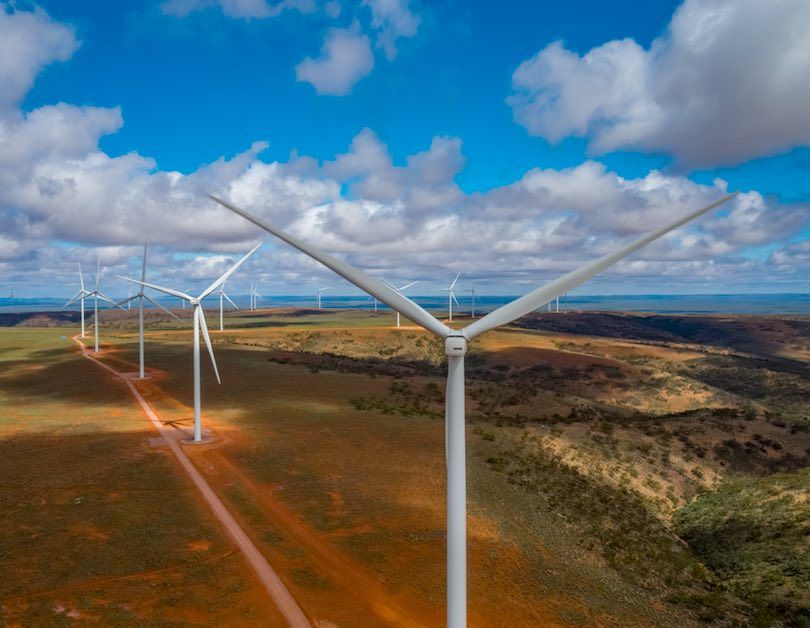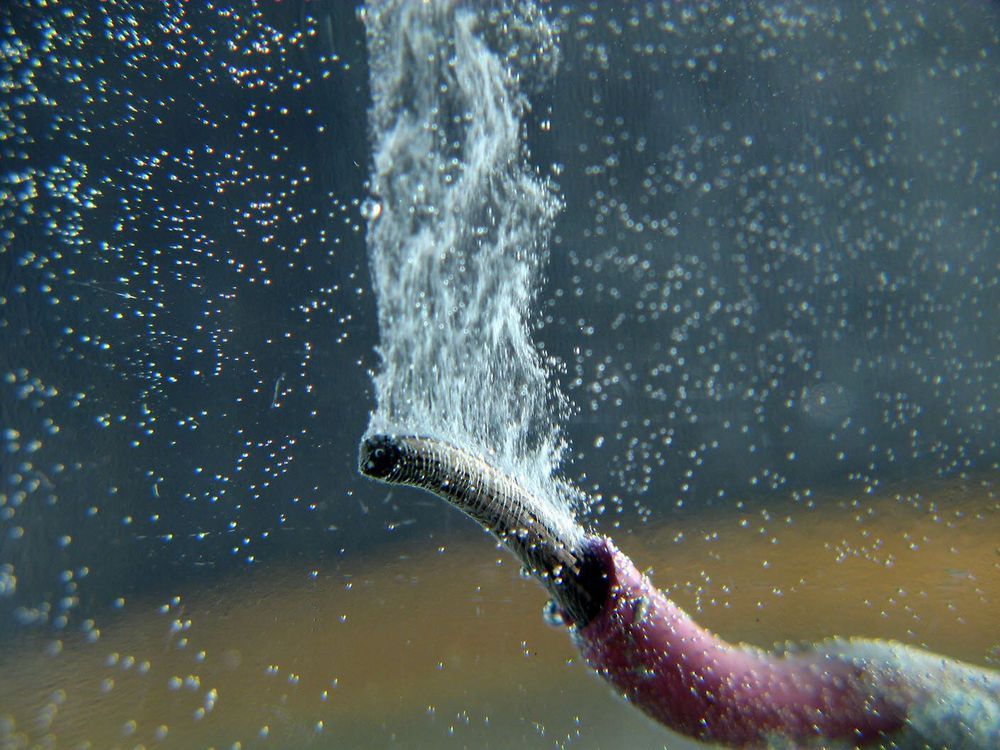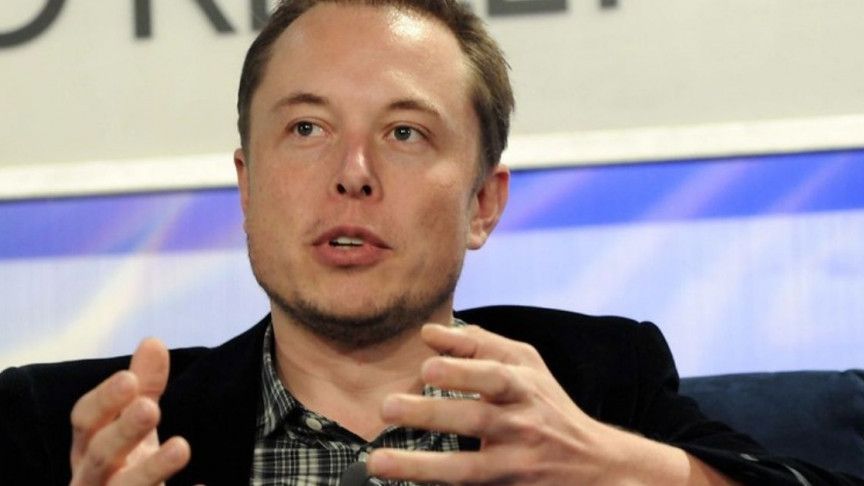Elon Musk’s carmaker reported net income of $331 million on revenue of $8.77 billion in the third quarter.



FERNDALE, Mich. – Samples from Ferndale’s municipal water system have lead levels in the drinking water exceeding state standards, according to officials.
Oakland County Health Division (OCHD) was notified by the Michigan Department of Environment, Great Lakes, and Energy (EGLE) about the results from testing. Testing occurred as part of routine compliance sampling required by EGLE under Michigan’s Safe Drinking Water Act.
The OCHD is coordinating the distribution of free water filter kits to Ferndale residents who qualify on Oct. 28 from 3 to 6 p.m. at the Gary Kulick Community Center (1201 Livernois St, Ferndale, MI 48220).

Volcon is the latest startup hoping to bite off a piece of the growing electric motorcycle pie. The company’s new Volcon Grunt is poised to fill a gap in the market with an interesting mix of specs and pricing.
Volcon Grunt electric motorcycle unveiled
The Volcon Grunt is a fat tire electric motorcycle of sorts that doesn’t just talk the talk.


A simple way to improve efficiency…
Solar panels offer huge potential to move more people away from electricity generated from burning coal, and a new innovation devised by scientists stands to more than double the amount of light captured by conventional solar cells.
In a new study, a team of scientists from the UK, Portugal, and Brazil discovered that etching a shallow pattern of grating lines in a checkerboard design on solar cells can enhance the current generated by crystalline silicon (c-Si) by as much as 125 percent.
“We found a simple trick for boosting the absorption of slim solar cells,” explains photovoltaics researcher Christian Schuster from the University of York.

Australia seems to be leading the way in terms of wind power as well. 😃
It was a big week for South Australia last week. First, as we wrote at the time, the state reached 100 per cent solar power (of state demand) for the first time on Sunday, October 11.
Then, just a few days later, the state reached 100 per cent wind power (of state demand), on Thursday, October 15.
This was not the first time for wind, as it occurs reasonably often and for sometimes lengthy periods, but the fact that the two events occurred within days of the other are nevertheless important milestones. And although the transition to clean energy is far from complete, it does give some insight into what the state Liberal government’s target of “net 100 per cent renewables” by 2030 might look like.

Leiden chemists Marc Koper and Ian McCrum have discovered that the degree to which a metal binds to the oxygen atom of water is decisive for how well the chemical conversion of water to molecular hydrogen takes place. This insight helps to develop better catalysts for the production of sustainable hydrogen, an important raw material for the chemical industry and the fuel needed for environmentally friendly hydrogen cars. Publication in Nature Energy.
For years there has been a heated debate in the literature: how to speed up the electrochemical production of hydrogen on platinum electrodes in an alkaline environment? Chemist Ian McCrum watched from the sidelines and concluded that part of the debate was caused by the fact that the debaters were looking at slightly different electrodes, making the results incomparable. Time to change that, McCrum thought, who was a LEaDing Fellow postdoc in the group of Professor Marc Koper at the time.
Scientists in China have created a nanogenerator that can generate wind energy created by a person on a brisk walk.

Circa 2014
A breakthrough new battery technology could finally deliver the sort of across-the-board improvements many industries have needed for a long, long time now.